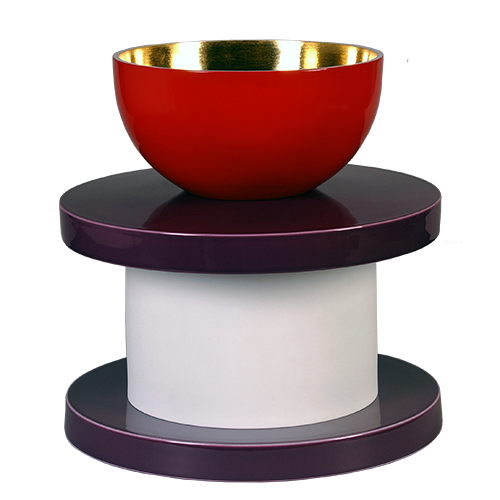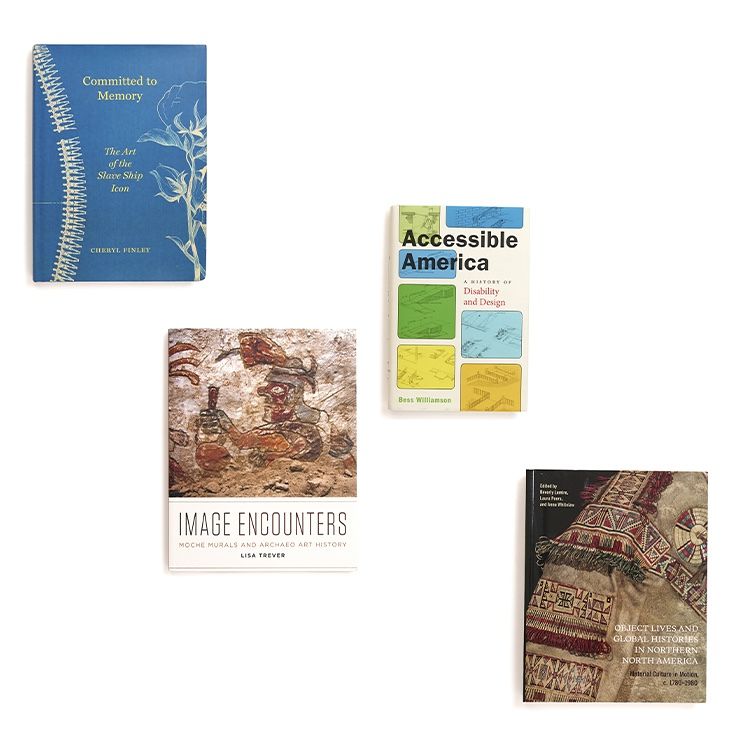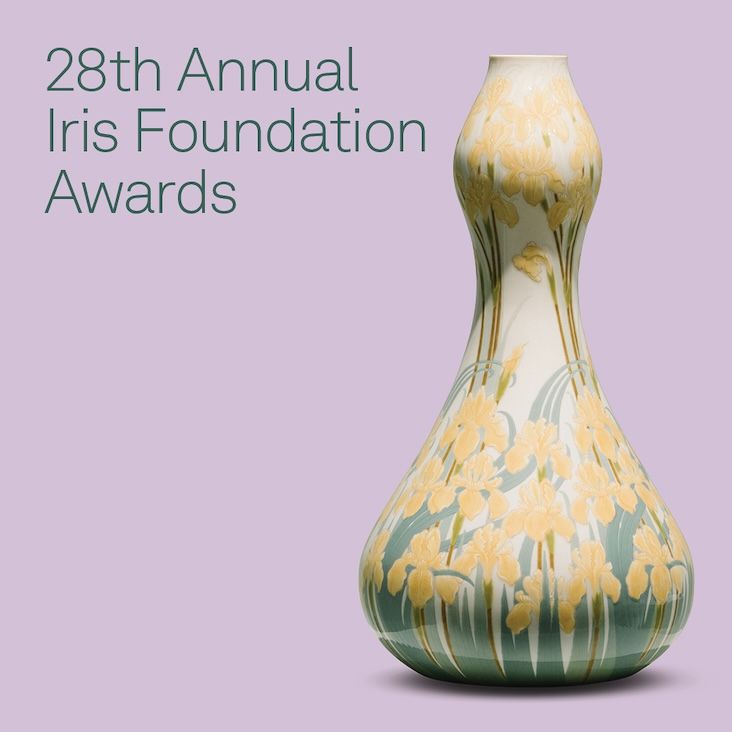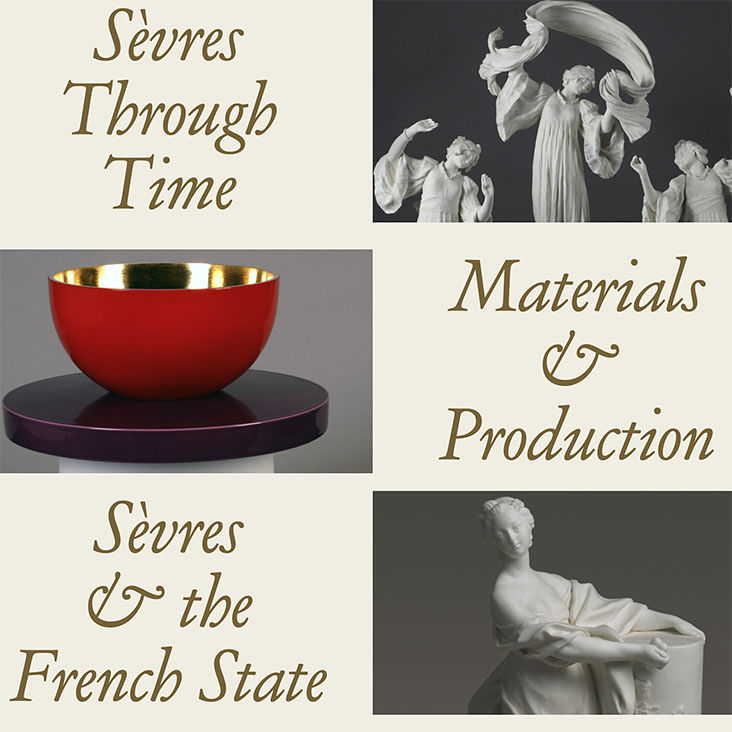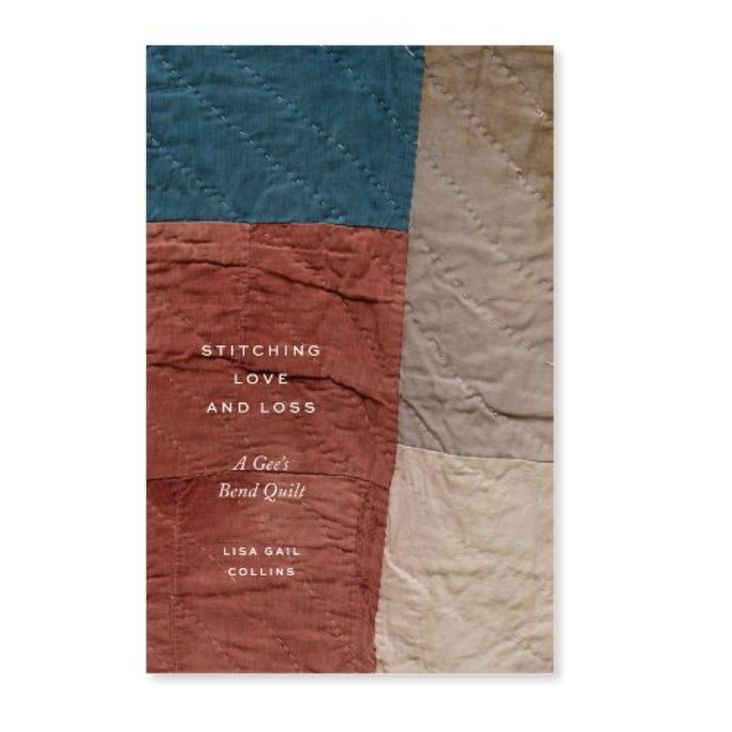Bard Graduate Center is committed to studying art and material culture from about 400 to 1400 in their manifold regional manifestations. Objects move and the history of objects in this period is as much a history through space as it is through time. Our course curriculum focuses on Europe, China, and the Islamic world and on the spaces that connect them, including the Mediterranean and the Silk Road. In addition, BGC sponsors a range of research programs that engage more broadly with the Middle Ages as a global era to illuminate the particular forms of connectivity and intercultural exchange across Eurasia.
One of the hallmarks of BGC is the seamless integration of teaching and research. Graduate seminars are taught by the faculty who organize the seminar series, symposia, and publications and who select visiting fellows. These research events, in turn, inspire new faculty and student work. In this online series we re-present to you research at BGC as facets of faculty teaching and publishing. Themes reflect curricular foci and areas of special strength.

Professor François Louis talks about his research, starting with his focus on Chinese gold and silver and the development of goldsmithing from the Tang to Sung period, and his more recent work on the art and material culture of the Kitan-Liao dynasty (907-1125) in northern China.

Professor Ittai Weinryb talks to Dean Peter N. Miller about the value of examining the history of the Middle Ages in a global framework, how studying an eighth-century tomb in Sweden shifted his interests from a European perspective to a more global one, and his interest in bronzes.

Symposium: Art and Ideology in the Twelfth-Century Western Mediterranean
Papers explore how rulers in the Western Mediterranean deployed art to legitimate new claims, how they asserted their authority through the construction of palatial and liturgical spaces, and the objects kingdoms produced, traded, or coveted.

Exhibition Video: Lions, Dragons, and Other Beasts
This video explores the history, techniques, and cultural significance of medieval aquamanilia—cast metal objects used to pour water for hand washing in religious and secular contexts. It includes a first-of-its-kind recreation of medieval bronze casting practices.

Lectures: Nelson, Stark & Steinhardt
Watch lectures by visiting speakers recorded on 86th Street: Robert Nelson’s “The Gold of Icons,” Sören Stark’s “Between China, Iran, and Byzantium: The Türks in Inner Asia from the Sixth to the Eighth Century,” and Nancy S. Steinhardt’s “When Muslims Die in China.”

Professor François Louis spoke to Sinovision English about his exhibition, Design by the Book, on the Sanli tu. Long overlooked, this book served both as a guide to the material culture of the Classics and to the design of Confucian ritual paraphernalia in postclassical, imperial China.

Exhibition Video: Crafting the Codex
From the exhibition The Codex and Crafts in Late Antiquity, this film shows the process of binding a codex using tenth-century Eastern Mediterranean techniques from the Coptic, Syriac, Georgian, and Byzantine book-binding traditions.

Seminars: Moser & Schulz
Former BGC Research Fellows Jeffrey Moser and Vera-Simone Schulz present their research in our Brown Bag Lunch series. Watch Jeffrey Moser’s “Ten Meters Down” and Vera-Simone Schulz’s “Giotto, Gold, and the Global Trecento.”

Treating writing as a “cultural technique,” the article “Shoes, Writing” investigates writing in material culture in Arabia from the sixth to eighth century CE to show that practices such as writing on shoes reflect a deliberate prioritization of the materiality of writing over its semantic content.



